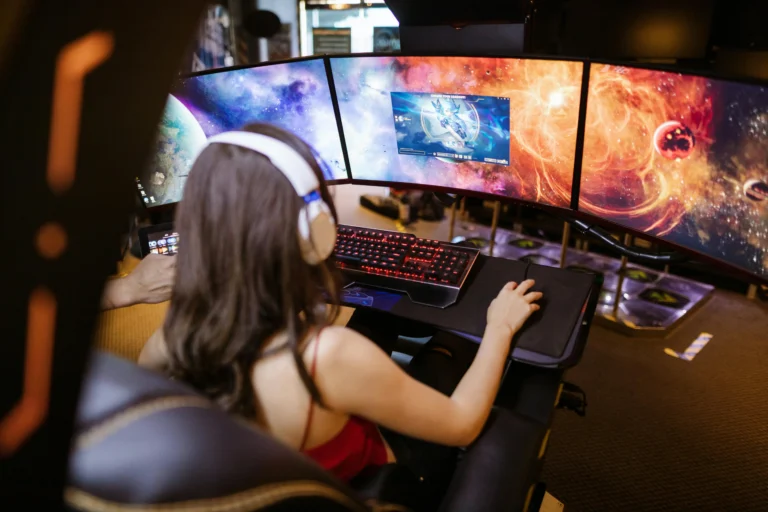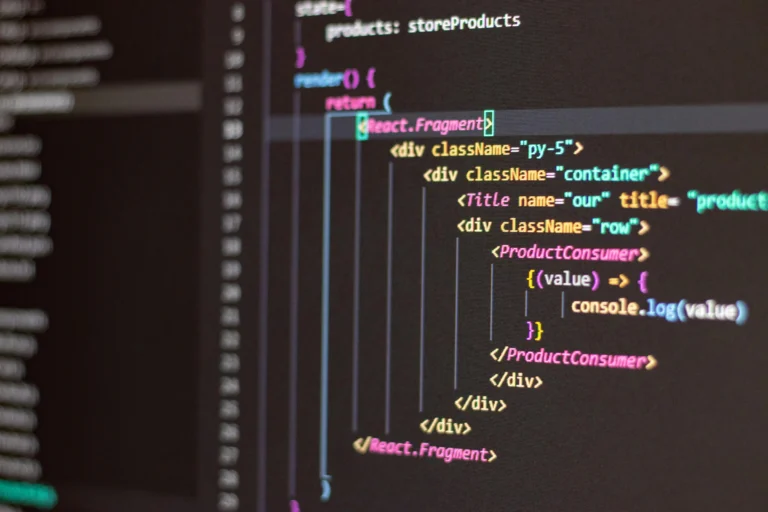Disadvantages of Technology in Education
Indeed, technology has entered education systems and affected them in many ways; some include: Technology has incontestably had several positive effects on the education sector; however, just like the benefits mentioned earlier, there are significant risks that educators and policymakers should be aware of. In this article, we will discuss about disadvantages of technology in Education.
Physiological and Psychological effects on health
Discussions of using innovation with the end goal that there are risks that might damage the understudies’ well-being maximum use of electronic devices like smartphones, tablets, and computers can lead to eye problems, poor posture, and problems sleeping. Moreover, screen compulsion increased uneasiness, discouragement, and consideration problems in the targeted understudies.
Distraction and dependence
With the consumption of innovation likewise comes an impediment to understudies rotating out to be more dependent on devices that stay useless to their investigations. Students can become unfocused and lose attention in their study sessions when they have an approach to social media, games, and other forms of entertainment within support’s reach. As a result, any productivity they might have achieved is old. Students may begin to rely on their devices and, as a result, engage in Internet searches rather than holding in analytical thinking processes, which can result in a decline in their critical thinking and problem-solving skills.
Increased Educational Disparity
Despite high expectations for equal information access in education, the affiliation of technology with learning has extended and exacerbated inequity. Not all students have an approach to the internet, are prepared, or have the technical know-how to use digital procedures effectively. The education gap added to this numerical divide, which extended the gap between students from confidential families and those from less limited families.

Cost Implications
In terms of cost, introducing and effecting technology in educational institutions presents difficulties. Schools and universities must now have the essential hardware, software, licenses, and support for technology, among other things. Because it may result in the reduction of much-needed capital, human resource development, or classroom amenities, many schools, mainly those in under-resourced states or emerging nations, are in a place to make investments in the acquisition of technology and related costs.
Diminished Social Interaction
Although technology enables students to communicate and cooperate effectively, many students may not be able to talk face-to-face. Online telecommunications should not replace face-to-face group communications, debates, or group projects because they allow students to practice social skills. Particularly, unnecessary dependence on computer-mediated communication may bind students’ abilities to communicate and cooperate with a change of professional settings, which may take inspiration from their service prospects in imminent.
Security and Privacy Concerns
Because of its privacy exposure, technology plays a vital role in education and raises privacy and security worries. Today, schools are required to safeguard student data and follow the guidelines outlined in the Protection of Data Act. However, issues like data leakage, illegal access to student information, and cyber intimidations continue to pose fundamental threats to security institutions and student’s privacy. To report these issues, stern data security policies and safety measures must applied to ensure safe online learning platforms.

Overemphasis on innovation-based assessments
Technology-based assessments, such as online quizzes, computer-adaptive tests, and automated grading systems, are gaining popularity as an upshot of the growing number of teaching technologies. Although these evaluations might give proficiency and idealness to the learning and showing process, they won’t be guaranteed to measure understudies’ figuring out, insightful capacities, and imagination. Teachers must associate traditional tests with formative imposts that craft the usage of technology that successfully assesses students’ learning abilities.
Conclusion
To summarize, innovation is helpful in schooling as it gives valuable chances to learn and gives admittance to information, yet some difficulties are applicable while involving innovation in education. The possibility of physical illness, distractions, an increase in educational inequality, and privacy concerns prompt educators and policymakers to consider the effects that student’s use of technology will have. In this manner, instructive establishments can halt after defeatist purposes of innovation while endeavoring to use their accurate capacity by tending to the previously mentioned difficulties through cautious preparation, fair dispersion of assets, and nonstop evaluation.







